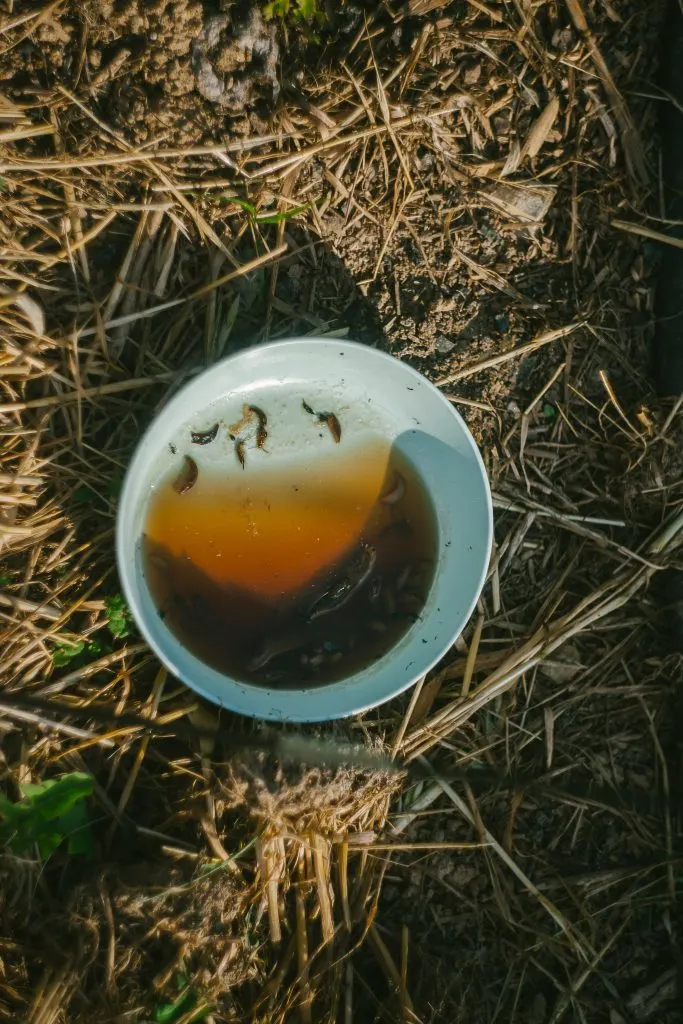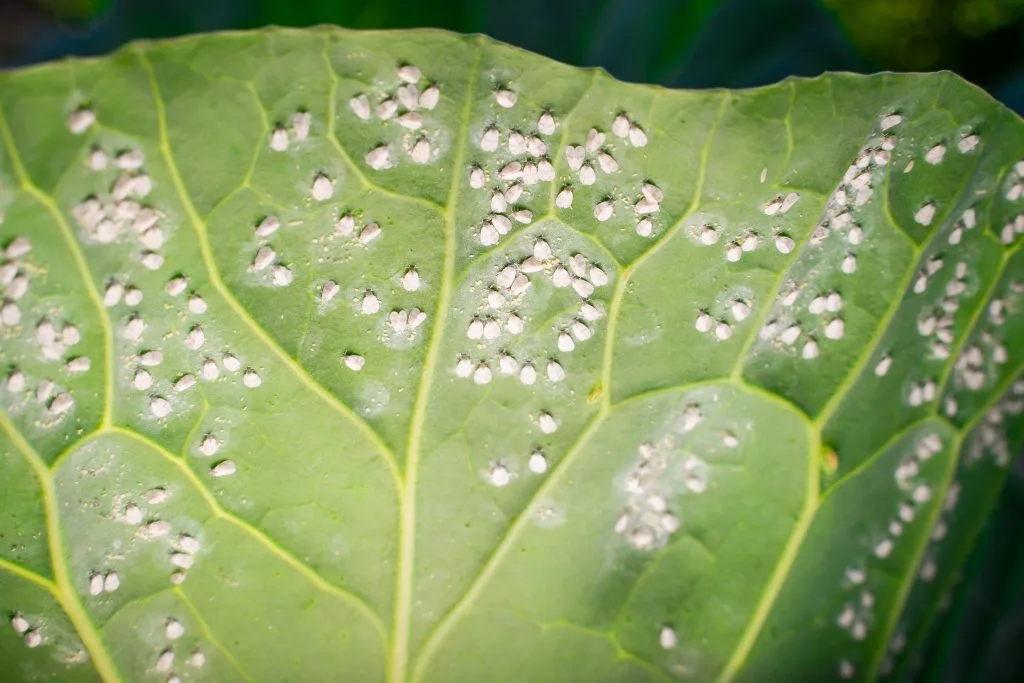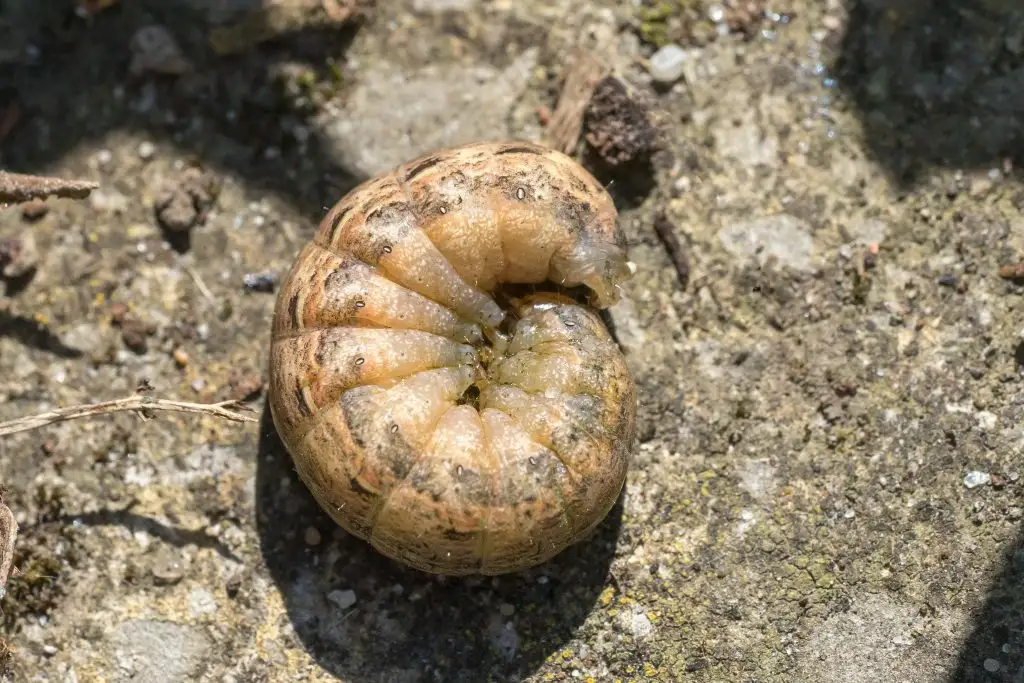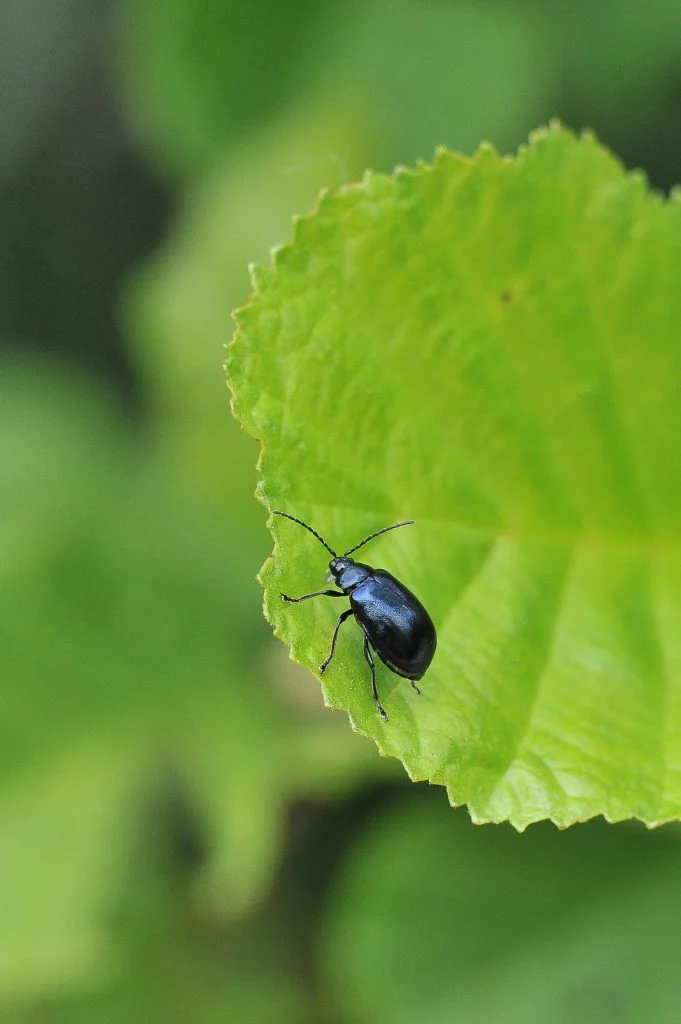If you’ve ever wandered into your garden, excited to check on your plants — only to find holes in the leaves, sticky residue, or a chewed-up seedling — you’re not alone. Garden pests are part of the deal, even for the most experienced growers. But that doesn’t mean you need to reach for chemicals.
Some of the most effective pest control methods are also the most natural. With a bit of observation, the right companions in the garden, and a few tried-and-tested organic solutions, you can keep pests under control — without harming pollinators, pets, or the planet.
Let’s take a look at the usual suspects and how to manage them the natural way.
Aphids

What to Look For:
Clusters of tiny green, black, or white insects on the underside of leaves, often causing leaf curl or yellowing.
Natural Solutions:
- Blast them off with water.
- Spray a mild soap and water solution.
- Release ladybirds (ladybugs) — they’re aphid-eating machines.
How Effective Is It?
Very effective with persistence. Once you introduce ladybirds, they’ll often stick around and keep future infestations in check.
Slugs and Snails

What to Look For:
Large, irregular holes in leaves, especially in soft greens. Shiny slime trails are a tell-tale sign.
Natural Solutions:
- Set beer traps in shallow containers.
- Surround plants with crushed eggshells or diatomaceous earth.
- Pick them off by hand at dusk or dawn.
How Effective Is It?
Fairly effective. A combination of barriers and regular patrols works best, especially during wet weather.
Cabbage White Caterpillars

What to Look For:
Tiny green caterpillars munching through brassicas like kale, cabbage, and broccoli.
Natural Solutions:
- Cover crops with insect mesh or fine netting.
- Remove caterpillars and eggs by hand.
- Attract birds by adding feeders nearby.
How Effective Is It?
Netting is highly effective when used early in the season. Hand-picking helps keep numbers low.
Spider Mites

What to Look For:
Fine webbing on leaves and tiny speckled damage, often during hot, dry weather.
Natural Solutions:
- Hose down plants regularly.
- Spray with neem oil or insecticidal soap.
- Raise humidity with misting or mulch.
How Effective Is It?
Effective if you act early and repeat treatment. Spider mites thrive in dry conditions, so moisture is your ally.
Whiteflies

What to Look For:
Clouds of tiny white insects that fly up when you touch the plant. Leaves may look sticky or yellowed
Natural Solutions:
- Use yellow sticky traps.
- Spray neem oil or a soap solution on leaf undersides.
- Encourage hoverflies or parasitic wasps in your garden.
How Effective Is It?
Whiteflies can be persistent, but a combo of traps and neem oil helps reduce numbers steadily.
Cutworms

What to Look For:
Seedlings mysteriously cut down at the base, often overnight.
Natural Solutions:
- Use collars made from toilet roll tubes or cardboard around young plants.
- Loosen soil in spring to expose larvae.
- Attract ground beetles and birds.
How Effective Is It?
Very effective when collars are used from the start. Prevention is the key.
Flea Beetles

What to Look For:
Tiny holes across leaves, especially on brassicas and radishes. Flea beetles jump when disturbed.
Natural Solutions:
- Cover crops with floating row covers.
- Dust plants with diatomaceous earth or kaolin clay.
- Interplant with strong-smelling herbs like mint or basil.
How Effective Is It?
Moderate. Row covers offer solid protection if installed early in the season.
A Few Final Tips for Natural Pest Control
- Encourage beneficial insects. Ladybirds, lacewings, and hoverflies are some of your best allies.
- Mix things up. Companion planting and crop rotation can confuse pests and reduce buildup.
- Keep your soil healthy. Good compost and regular mulching build plant resilience.
- Observe regularly. A quick daily glance helps you catch problems before they escalate.
In Summary
Natural pest control isn’t about wiping everything out — it’s about balance. A healthy garden will always have some insect activity, but that’s not a bad thing. With a few simple strategies, you can manage pests gently and effectively, keeping your plants (and your conscience) happy.
So next time you see a few holes in your kale or a trail through your lettuce, take a breath — and remember, nature has your back. You’re not just growing plants. You’re growing an ecosystem.

